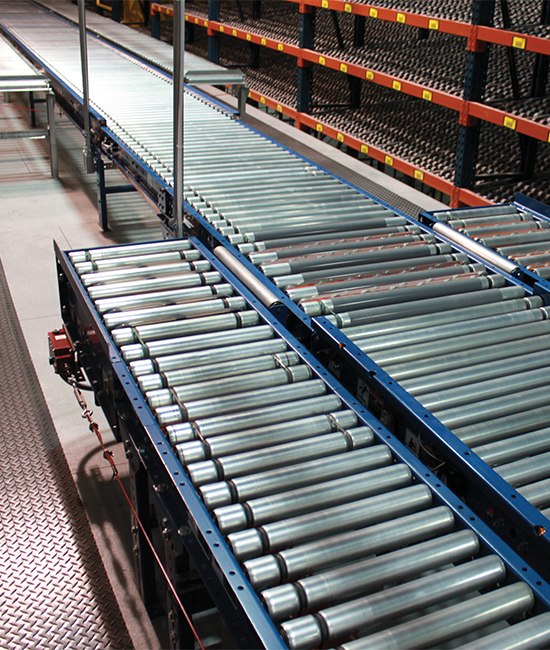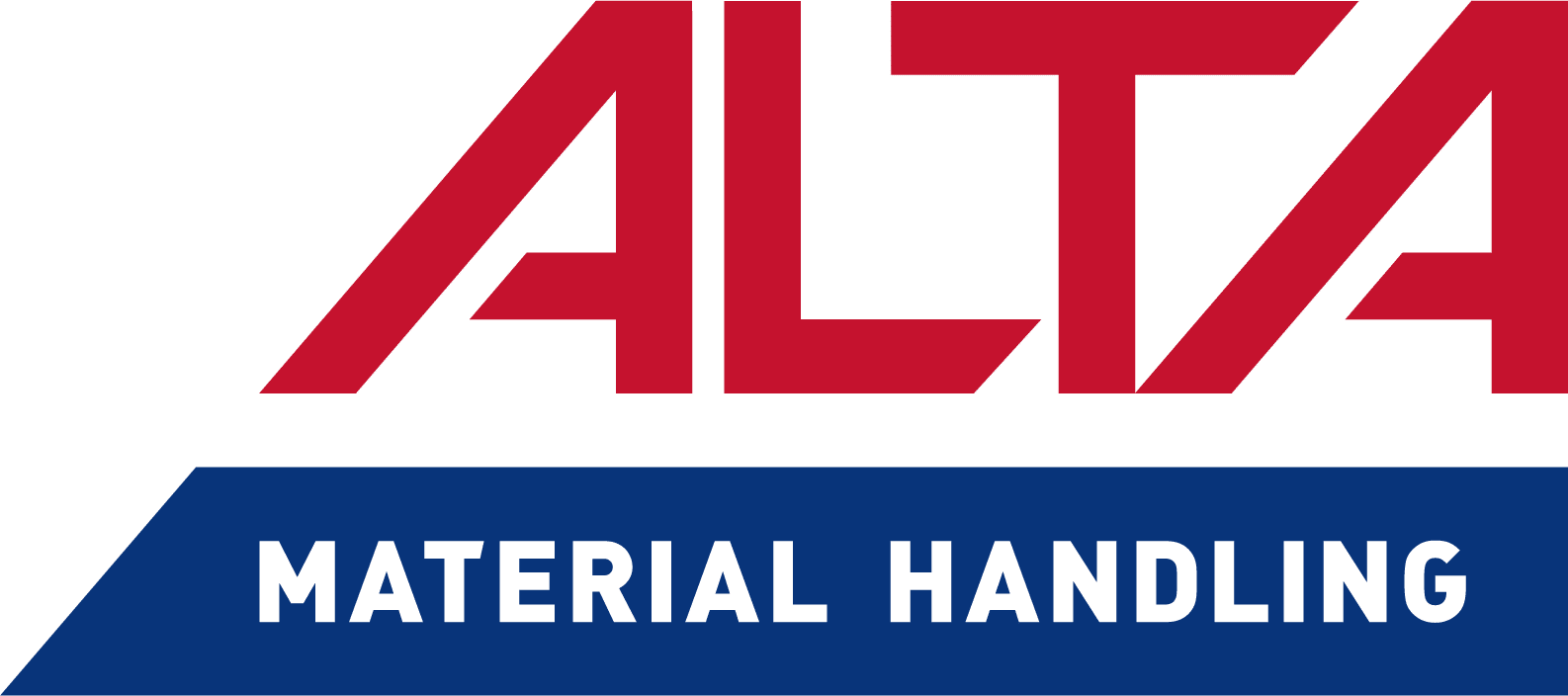Sortation systems automatically identify items and divert them to the appropriate zone as they move through a facility. This enables warehouses, distribution centers, and manufacturing facilities to better control the product flow, increase throughput, decrease cycle times, and reduce costs associated with sortation.
Sortation systems come in many kinds, depending on the facility’s needs. They are sometimes classed by the throughput they need to achieve as low, medium, or high. Sortation systems that work with standard belt and conveyor lines might handle 30 pieces per minute. Fully automated systems can achieve speeds of 450 pieces or more per minute.


